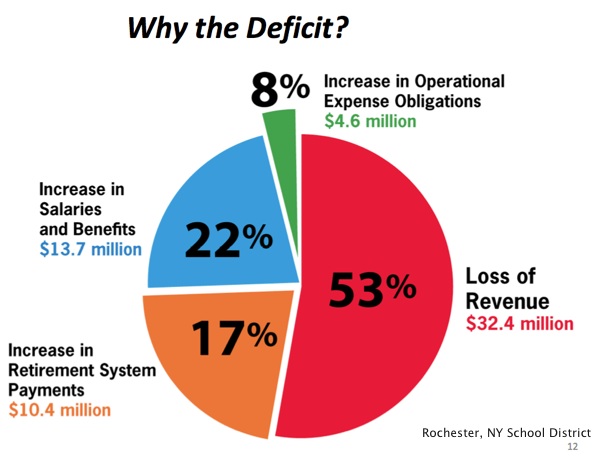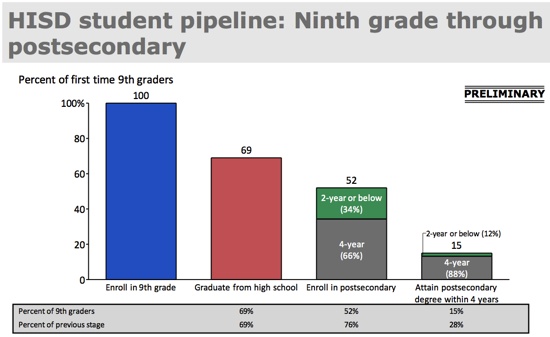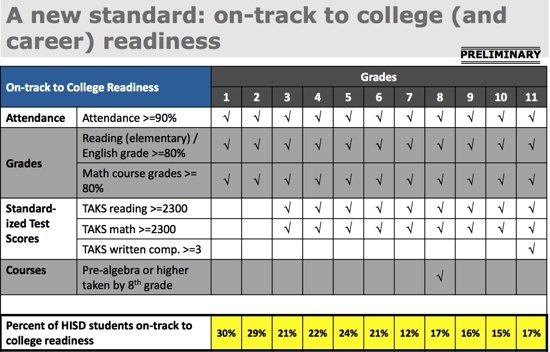Governor Walker’s Read to Lead task force met on May 31st at the State Capitol. Following are observations from WRC.
Note: Peggy Stern, an Oscar-winning filmmaker currently working on a project about dyslexia, had a crew filming the meeting. If we are able to acquire footage, we will make it available. If you would like Wisconsin Eye to record future meetings, please contact them at comments@wiseye.org.
Format: Unlike the first task force meeting, this meeting was guided by two facilitators from AIR, the American Institutes for Research. This was a suggestion of Senator Luther Olsen, and the facilitators were procured by State Superintendent Tony Evers. Evers and Governor Walker expressed appreciation at not having to be concerned with running the meeting, but there were some problems with the round-robin format chosen by the facilitators. Rather than a give-and-take discussion, as happened at the first meeting, this was primarily a series of statements from people at the table. There was very little opportunity to seek clarification or challenge statements. Time was spent encouraging everyone to comment on every question, regardless of whether they had anything of substance to contribute, and the time allotted to individual task force members varied. Some were cut off before finishing, while others were allowed to go on at length. As a direct result of this format, the conversation was considerably less robust than at the first meeting.
Topics: The range of topics proved to be too ambitious for the time allowed. Teacher preparation and professional development took up the bulk of the time, followed by a rather cursory discussion of assessment tools. The discussion of reading interventions was held over for the next meeting.
Guests:
Dawnene Hassett, Asst. Prof. of Curriculum and Instruction and new elementary literacy chair, UW-Madison
Tania Mertzman Habeck, Assoc. Prof. of Curriculum and Instruction, UW-Milwaukee
Mary Jo Ziegler, Reading Consultant, Wis. Department of Public Instruction
Troy Couillard, Special Education Team, Wis. Department of Public Instruction
Next Meetings: The Governor’s office will work to set up a schedule of meetings for the next several months. Some of the meetings may be in other parts of the state.
Action: WRC suggests contacting the offices of the Governor, Luther Olsen, Steve Kestell, and Jason Fields and your own legislators to ask for several things:
Arrange for filming the next meeting through Wisconsin Eye
Bring in national experts such as Louisa Moats, Joe Torgesen, and Peggy McCardle to provide Wisconsin with the road map for effective reading instruction, teacher preparation, and professional development . . . top university, DPI, and professional organization leaders at the May 31st meeting asked for a road map and admitted they have not been able to develop one
Arrange the format of the next meeting to allow for more authentic and robust discussion of issues
Summary
Teacher Training and Professional Development
The professors felt that the five components of reading (phonemic awareness, phonics, fluency, vocabulary, and comprehension) are generally taught in preparation programs, but that instruction varies widely from one institution to another. Reading course work requirements can vary from 12 credits to just one course. They also felt, as did the teachers on the panel, that there needs to be more practical hand-on experience in the undergraduate program. There was a feeling that teachers “forget” their instruction in reading foundations by the time they graduate and get into the classroom. They have better luck teaching masters level students who already have classroom experience. The linguistic knowledge means very little without a practicum, and we may need to resort to professional development to impart that information. Teachers need to be experts in teaching reading, but many currently don’t feel that way. It is important, especially with RTI coming, to be able to meet the needs of individual students.Both professors and teachers, as well as others on the panel, felt a “road map” of critical information for teacher preparation programs and literacy instruction in schools would be a good idea. This was a point of agreement. Hassett felt that pieces of a plan currently exist, but not a complete road map. The professors and some of the teachers felt that teacher prep programs are doing a better job at teaching decoding than comprehension strategies. They were open to more uniformity in syllabi and some top-down mandates.
Marcia Henry mentioned studies by Joshi, et al. that found that 53% of pre-service teachers and 60% of in-service teachers are unable to correctly answer questions about the structure of the English language. Tony Pedriana cited another Joshi study that showed college professors of reading were equally uninformed about the language, and the majority cannot distinguish between phonemic awareness and phonics. He also said it was very difficult to find out what colleges were teaching; one college recently refused his request to see a syllabus for a reading course. Steve Dykstra read from the former Wisconsin Model Academic Standards and the current Wisconsin Model Early Learning Standards, which contained incorrect definitions and examples of phonemic awareness. He questioned whether teachers were being adequately prepared in decoding skills. Rep. Steve Kestell was concerned with the assessment that most teachers do not feel like experts in teaching reading, and he wondered if updated techniques for training teachers would make a difference.
Sarah Archibald (aide to Luther Olsen) proposed looking at a more rigorous foundations of reading test, as found in other states, as a requirement for teacher licensure. This would be one way to move toward more uniform instruction in teacher prep programs. Steve Dykstra pointed out that a test alone will not necessarily drive changes in teacher preparation, but publishing the passage results linked to individual colleges or professors would help. Evers indicated that DPI has been looking for several months into teacher testing and licensure.
Gov. Walker asked if the ed schools were looking at the latest trends in teacher preparation to become better. The professors indicated that the ed schools confer with local districts in an effort to improve.
Supt. Evers said it was probably not a good idea that teacher prep programs across Wisconsin vary so much.
Hassett indicated that some flexibility needs to be retained so that urban and rural areas can teach differently. There was some disagreement as to whether teachers of upper grades need to be trained in reading, or at least trained the same way.
Linda Pils pointed out that the amount and quality of professional development for Wisconsin teachers is very spotty. Most panel members felt that a coaching model with ongoing training for both teachers and principals was essential to professional development, but the coaches must be adequately trained. There was some discussion of Professional Development Plans, which are required for relicensure, and whether the areas of development should be totally up the individual teacher as they are now. Steve Dykstra felt that much existing professional development is very poor, and that money and time needs to be spent better. Some things should not count for professional development. Michele Erikson felt that it would be good to require that Professional development be linked to the needs of the students as demonstrated by performance data. Mary Read pointed out that coaching should extend to summer programs.
The main consensus here was that we need a road map for good reading instruction and good teacher training and coaching. What is missing is the substance of that road map, and the experts we will listen to in developing it.
Assessment
Mary Jo Ziegler presented a list of formal and informal assessment tools used around Wisconsin. Evers pointed out that assessment is a local district decision. Many former Reading First schools use DIBELS or some formal screener that assesses individual skills. Balanced literacy districts generally use something different. Madison, for example, has its own PLA (Primary Language Assessment), which includes running records, an observational survey, word identification, etc. MAP assessments are widely used, but Evers indicated that have not been shown to be reliable/valid below third grade. Dykstra questioned the reliability of MAP on the individual student level for all ages. PALS was discussed, as was the new wireless handheld DIBELS technology that some states are using statewide. Many members mentioned the importance of having multiple methods of assessment. Kathy Champeau delivered an impassioned plea for running records and Clay’s Observational Survey, which she said have been cornerstones of her teaching. Kestell was surprised that so many different tools are being used, and that the goal should be to make use of the data that is gathered. Dykstra, Henry, and Pedriana mentioned that assessment must guide instruction, and Archibald said that the purpose of an assessment must be considered. Couillard said that the Wis. RTI center is producing a questionnaire by which districts can evaluate assessment tools they hear about, and that they will do trainings on multiple and balanced assessments. Dykstra questioned the three-cue reading philosophy that often underlies miscue analysis and running records. no consensus was reached on what types of assessment should be used, or whether they should be more consistent across the state. Hassett questioned the timed component of DIBELS,and Dykstra explained its purpose. Some serious disagreements remain about the appropriateness of certain assessment tools, and their use by untrained teachers who do not know what warning signs to look for.
Intervention
Evers began the topic of intervention by saying that DPI was still collecting data on districts that score well, and then will look at what intervention techniques they use. Henry suggested deferring discussion of this important topic to the next meeting, as there were only 8 minutes left.




